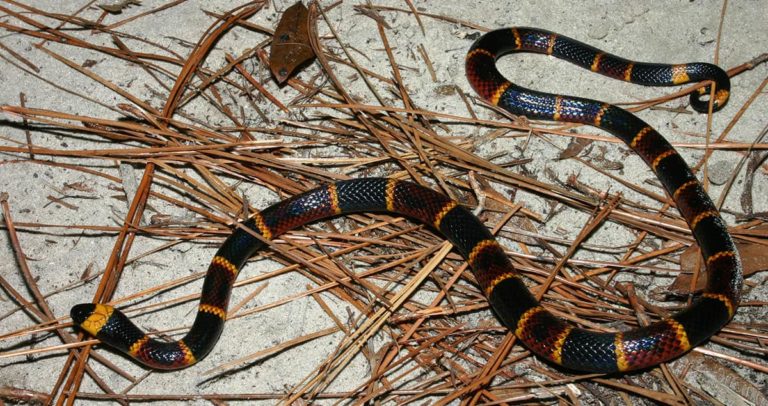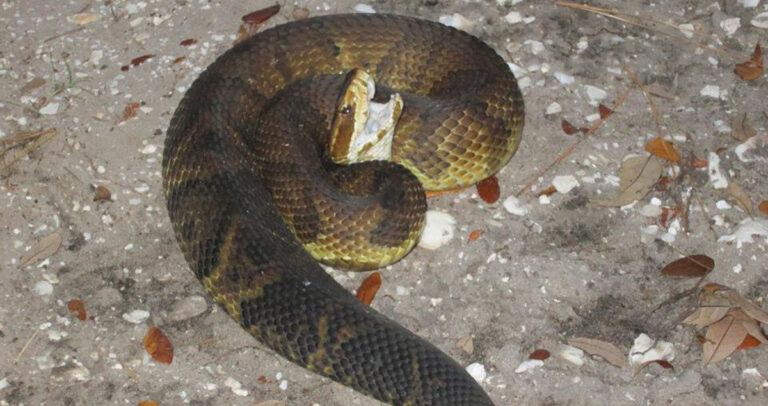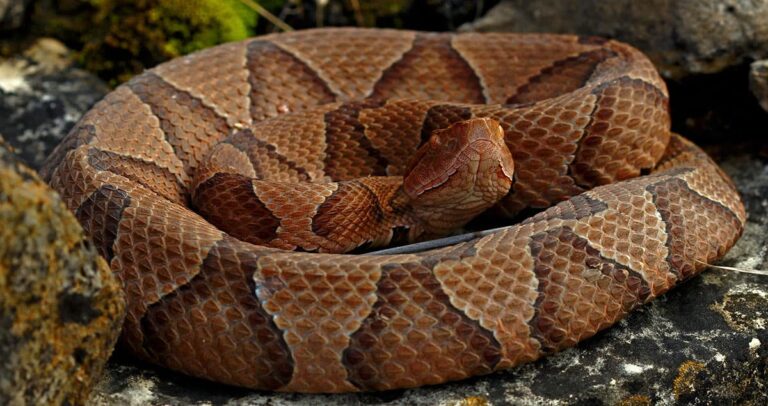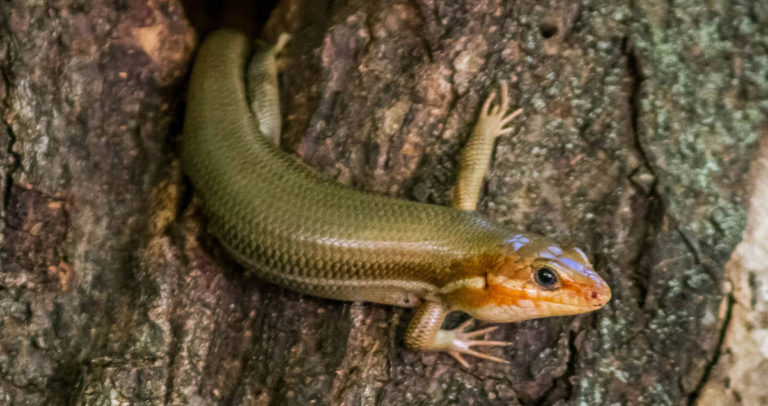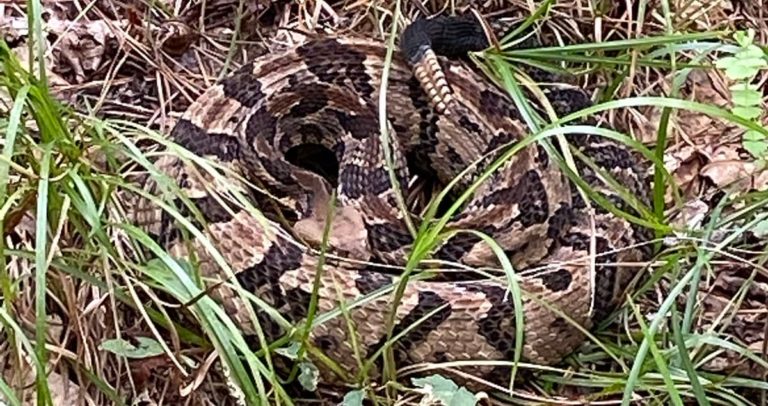Green Anoles in Georgia: The State’s Native ‘Chameleon’
The green anole (Anolis carolinensis) is a small, arboreal lizard commonly found throughout Georgia. Known for its brilliant green color and ability to change shades, the green anole has earned the nickname “American chameleon,” despite not being a true chameleon. In this article, we’ll explore the green anole’s habitat, appearance, diet, and behavior, and discuss its role in Georgia’s ecosystem.
About Green Anoles
Habitat and Distribution
Green anoles can be found in various habitats across Georgia, including forests, swamps, suburban gardens, and even city parks. These agile lizards prefer areas with an abundance of vegetation, where they can climb, bask, and hunt for insects. They are particularly fond of trees, shrubs, and vines and can often be spotted basking on branches or leaves in the sun.
Appearance and Color Change
Green anoles have slender bodies, reaching lengths of 5 to 8 inches from snout to tail tip. Their coloration ranges from bright green to brown or gray, depending on their mood, surroundings, and temperature. They can change color within minutes or even seconds, with males typically displaying more vibrant shades than females.
Males also possess a distinctive throat fan, called a dewlap, which can be extended during courtship or territorial displays. The dewlap is bright red or pink in color and can be quite striking when fully extended.
Diet and Hunting
Green anoles are primarily insectivorous, feeding on a variety of insects and other small invertebrates, including ants, crickets, spiders, and moths. They are active hunters, using their keen eyesight and agile bodies to pursue and catch prey. Anoles employ a “sit-and-wait” hunting strategy, patiently waiting for insects to pass by before striking with their sticky tongues.
Occasionally, green anoles may consume nectar or fruit, supplementing their insect-based diet with extra nutrients.
Behavior and Reproduction
Green anoles are diurnal creatures, active during the day and resting at night. Males are territorial and can often be seen engaging in aggressive displays, including head-bobbing, body-inflation, and dewlap extension, to ward off rivals or attract a mate.
During the breeding season, which runs from April to August, males court females through a series of displays, including head bobs and push-ups. If the female is receptive, she will allow the male to mate with her. After mating, females lay a single egg, which they bury in damp soil, leaf litter, or other suitable substrate. Females may lay several eggs over the course of the breeding season, with each egg taking about 5 to 7 weeks to hatch.
Role in the Ecosystem and Conservation
Green anoles play an important role in Georgia’s ecosystems, acting as both predator and prey. They help control insect populations, while also providing a food source for birds, snakes, and other larger predators.
Although green anoles are not considered endangered or threatened, they face several challenges, including habitat loss, pollution, and competition with invasive species like the brown anole (Anolis sagrei). Conservation efforts, such as protecting natural habitats, monitoring the spread of invasive species, and promoting responsible pet trade practices, are crucial for maintaining healthy green anole populations.
Observing Green Anoles in the Wild
If you’re interested in observing green anoles in their natural habitat, there are several tips to keep in mind. First, be patient and observant, as these small lizards can be well-camouflaged in their surroundings. Look for them basking on tree branches, fences, or walls, especially during the warmer hours of the day.
When approaching an anole, move slowly and quietly to avoid startling it. Green anoles are generally not aggressive towards humans, but they are fast and skittish, so sudden movements may cause them to flee.
Finally, be respectful of their habitat and practice responsible wildlife viewing by keeping a safe distance and not disturbing the animals or their environment. This ensures that future generations will also have the opportunity to appreciate these remarkable reptiles.
Green Anoles as Pets
While green anoles can make low-maintenance, visually appealing pets, as a native reptile species, it is illegal to keep them in Georgia.
Importance in Education and Research
Green anoles have also played a significant role in scientific research and education. They are considered a model species for studies on animal behavior, ecology, and evolution. Research on green anoles has led to valuable insights into areas such as communication, territoriality, and adaptation to different environments.
In educational settings, green anoles are often used to introduce students to reptile biology and ecology. Observing these lizards in the classroom or in the wild can spark curiosity and foster an appreciation for the natural world among learners of all ages.
A Testament to Georgia’s Biodiversity
The green anole is just one example of the incredible biodiversity found in Georgia. By understanding and appreciating these captivating creatures, we can help protect their habitats and promote the conservation of all native species in the state. The green anole’s beauty, adaptability, and resilience serve as a reminder of the importance of preserving Georgia’s natural wonders for future generations.
Final Thoughts
The green anole is a fascinating and iconic reptile in Georgia, enchanting residents and visitors alike with its vibrant coloration and intriguing behaviors. By understanding and appreciating these captivating creatures, we can contribute to their conservation and ensure their continued presence in Georgia’s ecosystems for generations to come.


